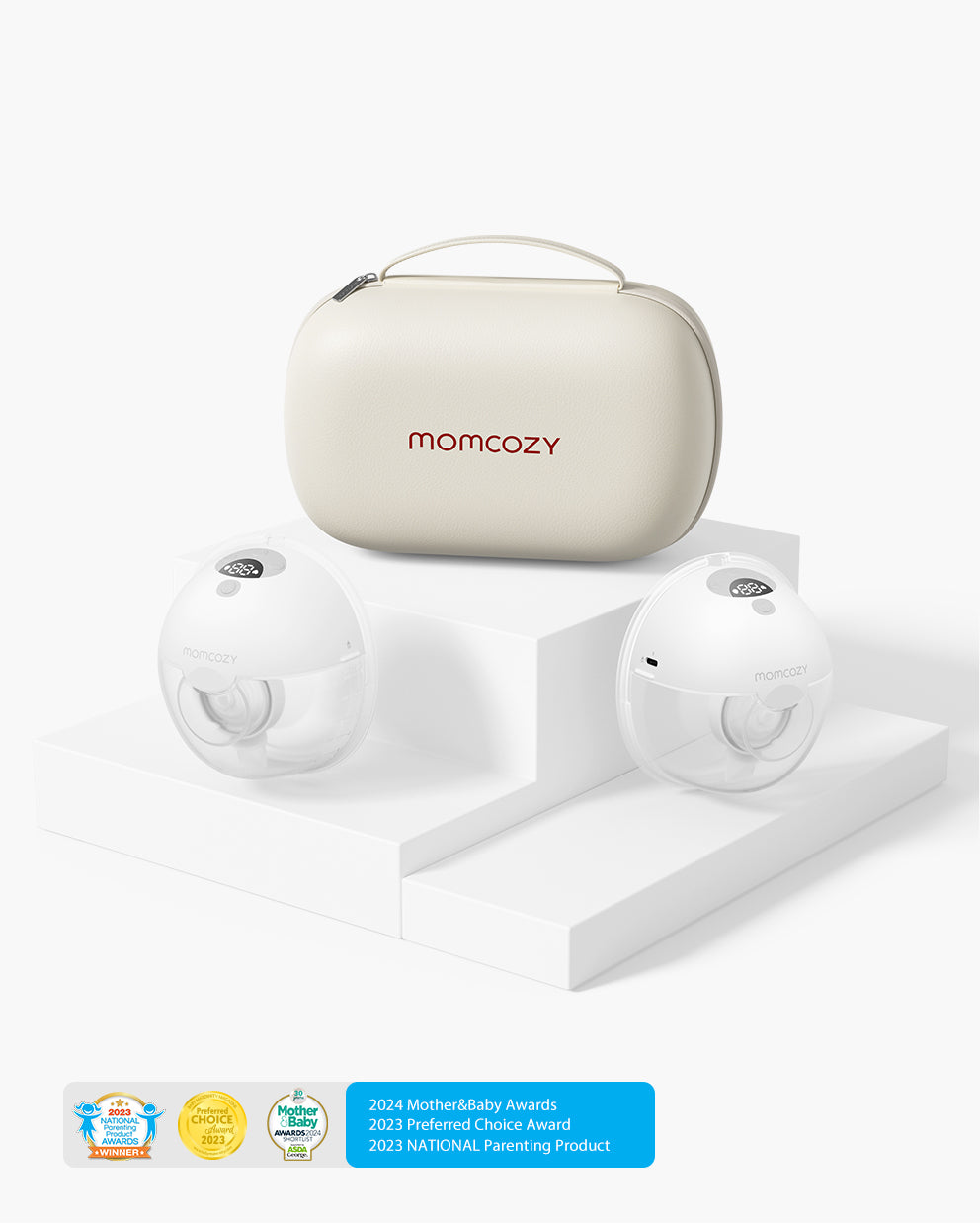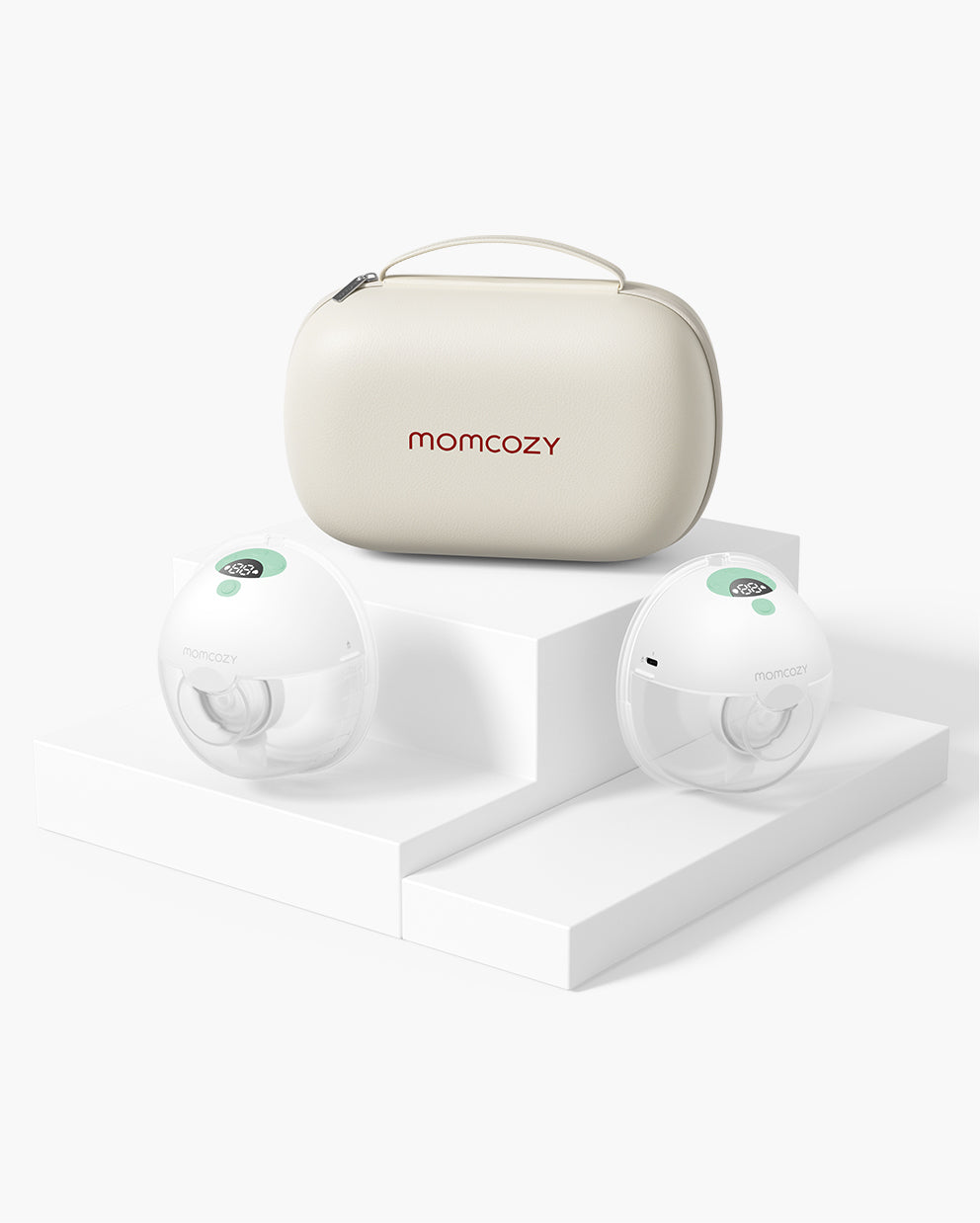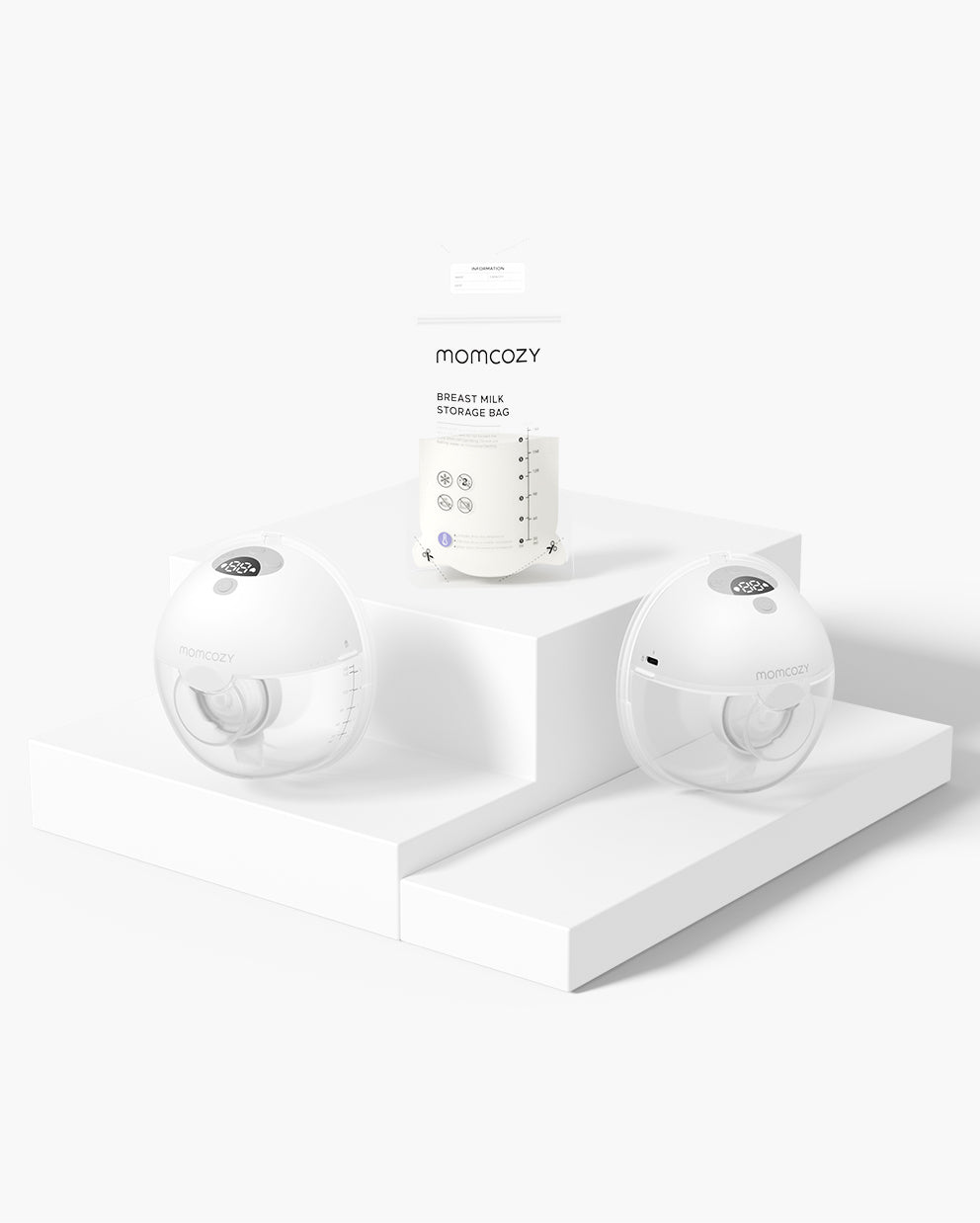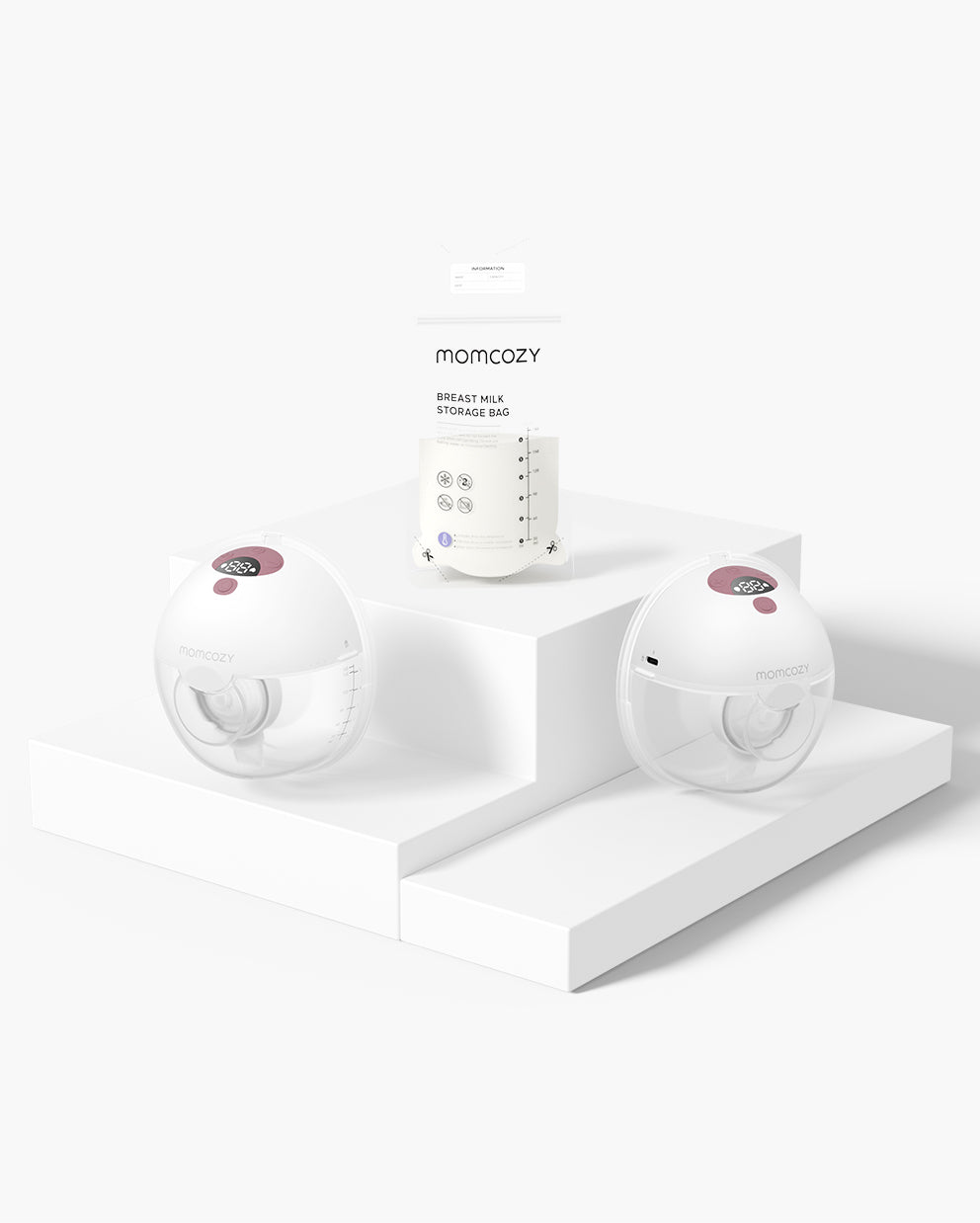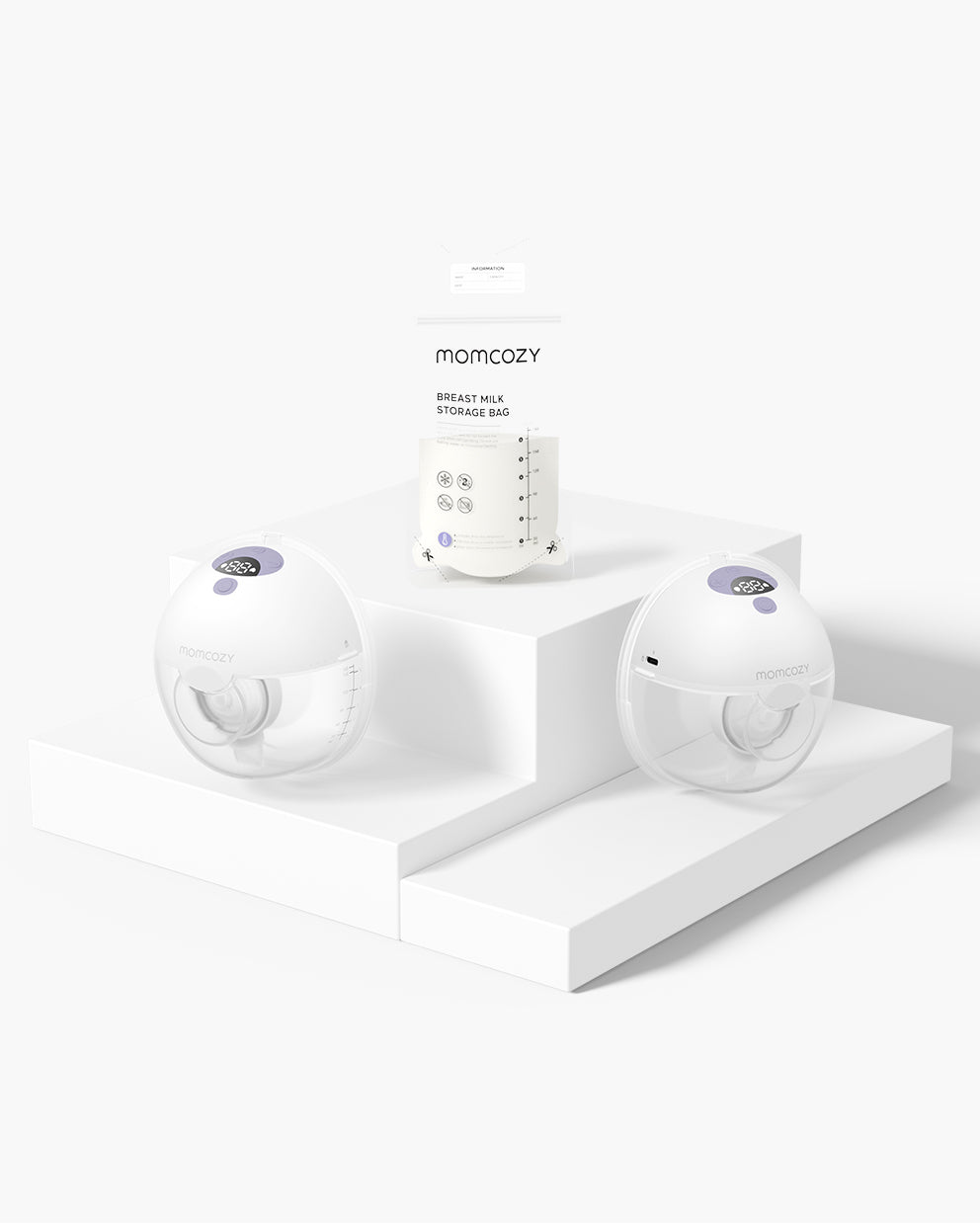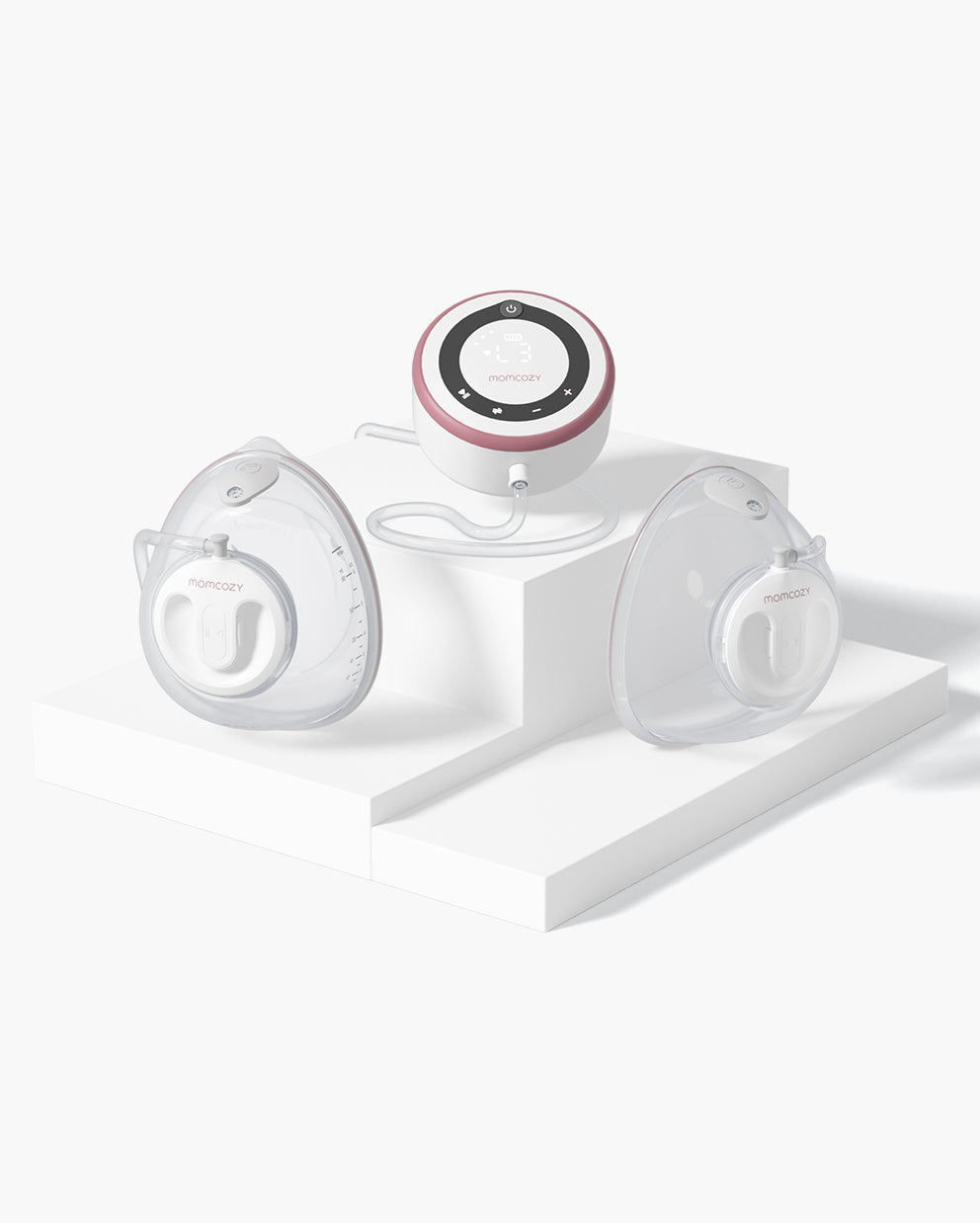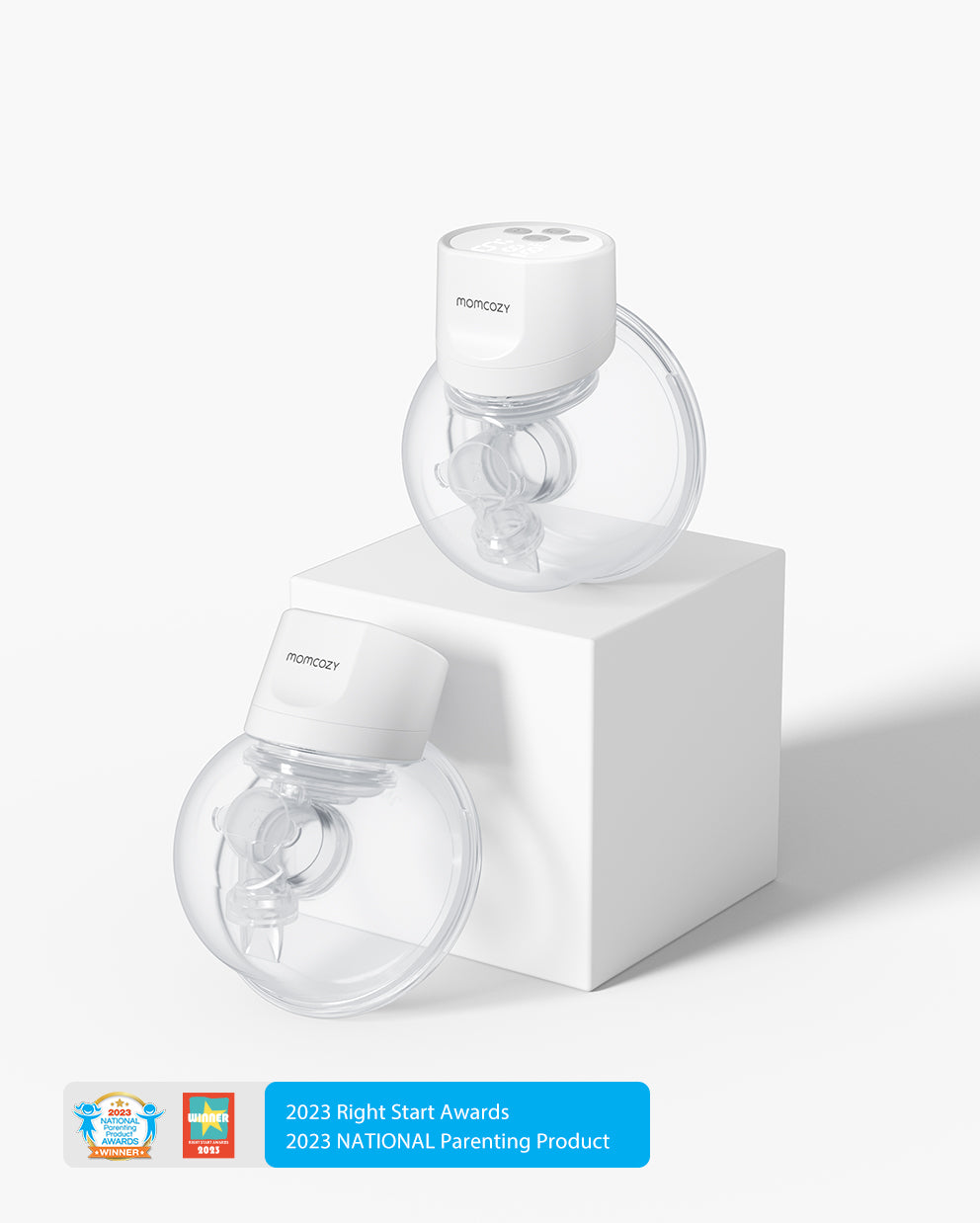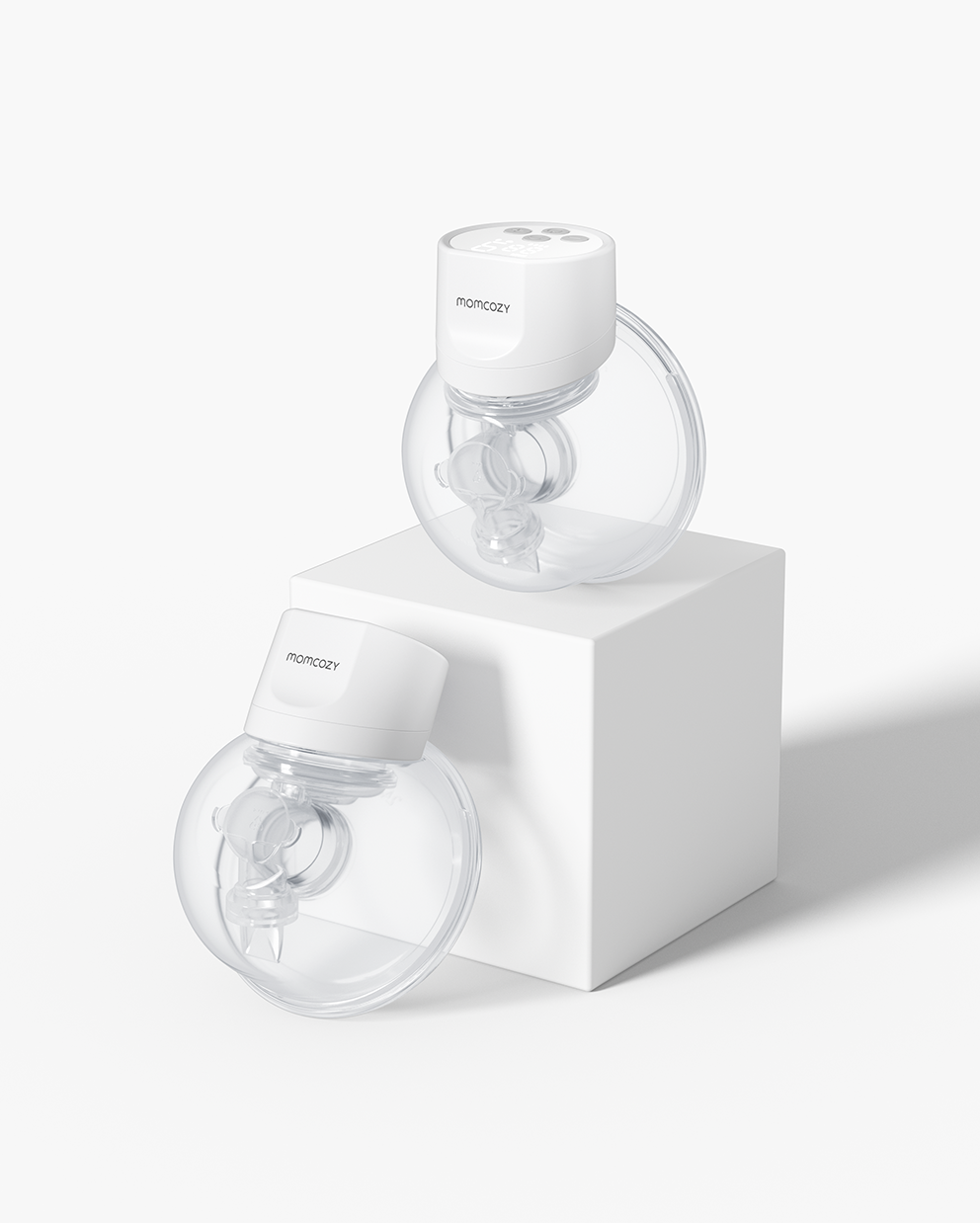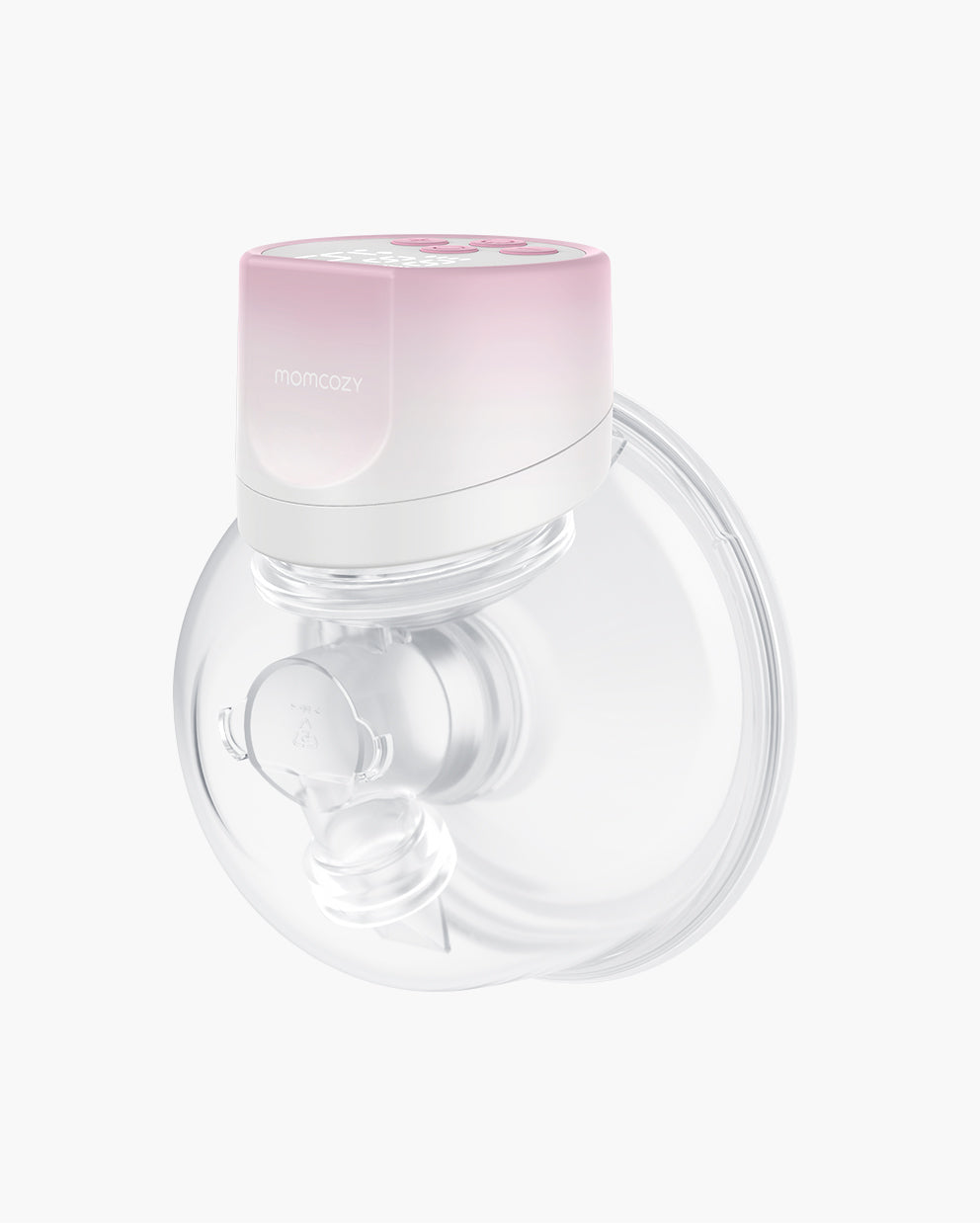First-time mothers are overly conscious of breastfeeding and consider this a dreaded practice that appears incredibly scary. Breastfeeding is a natural process, but it comes with a plethora of questions. It can only get incredibly scary if the mothers consider bad advice and incorrect guidance puts obstacles in its way. Here is what you need to know when I should begin breastfeeding and everything related to it.
When Should I Begin Breastfeeding?
The first few hours of your baby's birth is the perfect time to breastfeed your baby. For an hour or so after birth, she’s in the “active, alert” stage and ready to begin learning more about you and about how to get nourishment from your breast. Start nursing your new bundle of joy within an hour of childbirth. Babies are also likely to be alert in the first couple of hours of life. So, if you start nursing right away, mothers can leverage this natural wakefulness. After this time, babies will sleep for the next 24 hours. So it will be difficult for you to get your newborn to latch on at this point.
How Should I Hold My Baby While Breastfeeding?
While breastfeeding, you can hold your baby in various ways. There are some breastfeeding positions that provide your baby proper sucking comfort. Some of the most common positions are:
Lying Down
A few pillows are to be placed behind one's back for comfort and support. The Baby's tummy is to be positioned in line with his mother. The mouth of a baby is to be such adjusted that it directly faces her nipple. The baby's back is to be adequately supported.
Cradle Hold:
The baby is to be positioned across the stomach with his knees and face directed towards the mother's body. The elbow's crook should support the baby's head with his mouth in line with his mother's nipple. The body of the baby should adopt a straight-line position.
Cross Cradle Hold:
It is quite similar to the cradle hold position, but the baby is held in the arm opposite the breast from which he will latch onto. The baby's position should be at breast level with his mouth directed towards the nipple.
Football Hold:
The infant is tucked under the mother's arm and is laid along the side the mother will feed. A pillow is to be placed beside the mother. The baby will be placed on a pillow top with the mother's arm providing support. The rear of the baby's head will be in the mother's palm, and her inner forearm will support the baby's back.
How Often Should Breastfeeding Babies Eat?
Many new mothers wonder how often breastfeeding babies should eat, especially when they feel like they’ve been breastfeeding their baby constantly. The standard advice for newborns is every two hours or ten to twelve feedings in 24 hours. If you are a working mom or have some breastfeeding issues, then an electric breast pump or manual breast pump can be your best ally.
A breast pump is one of the essential items for both working and non-working mothers since by the time the baby has established feeding on the breast, milk can be pumped, stored, and fed to the baby using milk bottles. Breast pumps are used for this purpose; once again, a variety of pumps are available, and they can be bought depending upon the frequency of use, efficiency, and type. If the use of pumps is only occasional, a manual pump can be used, but for mothers returning to work, a good quality single or double breast electric pump would be easier.
Whether The Baby Is Getting Enough Milk Or Not?
If your baby is producing enough wet and dirty diapers, then you don’t need to supplement. Supplementing with formula may not be necessary and can actually decrease your existing milk supply. Our advice to mothers is to speak with a lactation consultant or a La Leche League leader who can observe her baby nursing to see if there are any obvious problems with positioning or latch. A baby who is not latched on well may not get enough milk at feeding and also won’t sufficiently stimulate the mother’s milk supply.
We also suggested that she allow plenty of time for her baby to get her tummy filled. Some babies are quick eaters, and some aren’t. Especially during the early weeks, it may take 20 minutes or longer for the baby to get enough.
When Will My Milk Come In?
While we often use the phrase “come in” when we’re talking about a postpartum mother’s milk supply, that term is somewhat misleading and inaccurate. Your breasts have milk even before you give birth.
Typically, sometime in the last trimester, your breasts start producing colostrum (the early milk that is rich in immune factors), so the term “come in” really isn’t accurate.
What happens when someone refers to a mother’s milk “coming in” is when the milk turns from colostrum to mature milk and changes in volume (it dramatically increases) and in color. Colostrum is a clear to yellowish color and then turns to mature milk, which is a milky white – typically around 3-8 days postpartum. It’s at this time that some mothers experience engorgement.
It’s very important not to limit a newborn infant’s time at the breast. The more time the baby spends nursing, the more quickly the colostrum is removed, and typically the faster the mature milk comes in.
How Often Should I Breastfeed?
In his first month, you should breastfeed around 8 to 12 times a day. As breastfeeding is easily digested, so your baby is hungry often and demands more. During the first few weeks, frequent feeding will stimulate milk production. You need to breastfeed around 7 to 9 times a day by the time your newborn is 30- 60 days old. Infants should not go over 4 hours without feeding.
How Long Should I Breastfeed My Baby?
This is your personal choice. However, lactation experts suggest that mothers should breastfeed their baby for the first six months. You can continue breastfeeding until one year or beyond.







